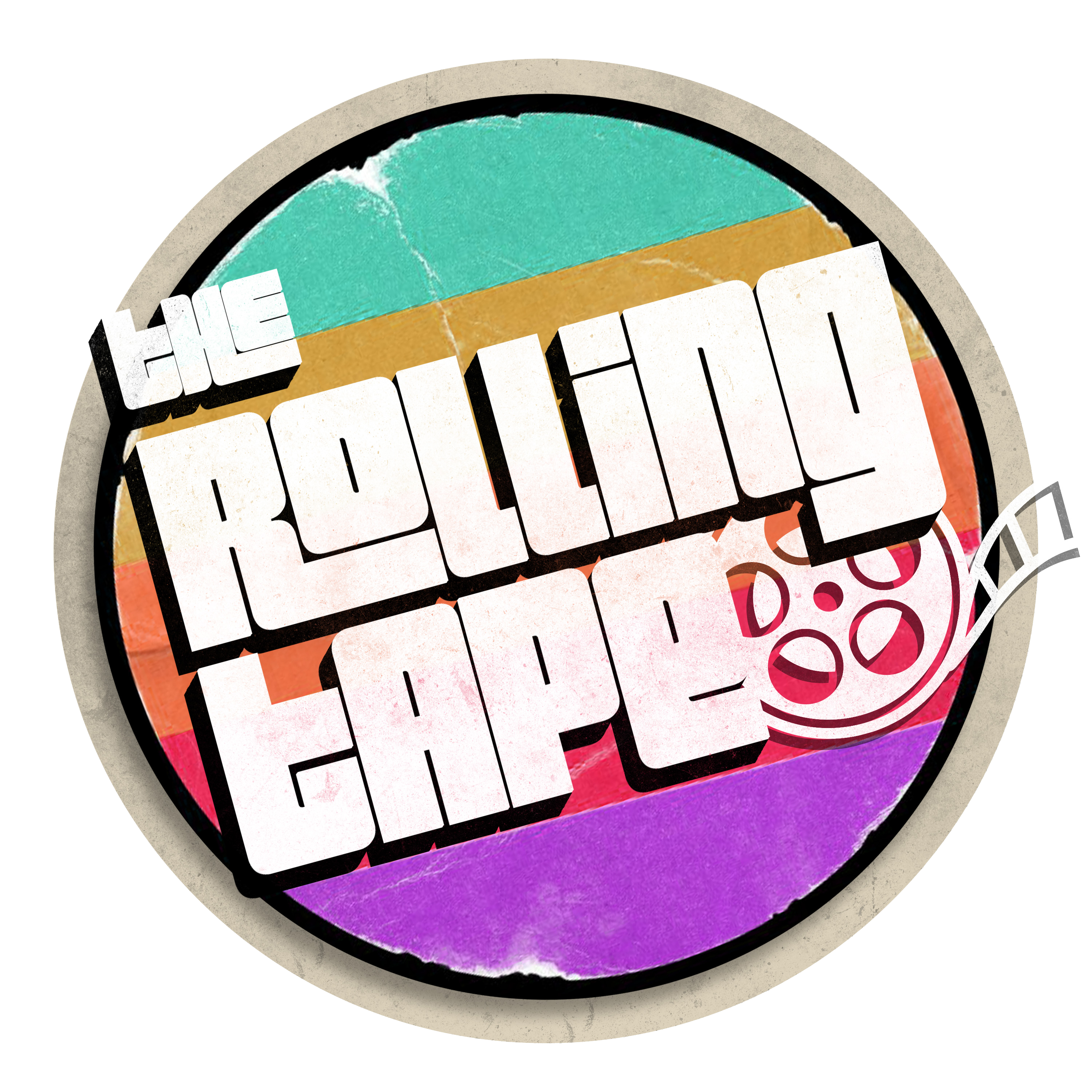When Dibakar Banerjee’s Love, Sex aur Dhokha (LSD) first came out, I was just 10 years old. The very title of the film seemed like a warning sign, enough to keep a curious child at a safe distance for years. It wasn’t until much later that I finally dared to watch it. The film cleverly intertwines the influence of media with themes of sexuality and honor, all wrapped within the framework of Love, Sex, and Dhokha (deception). So, when LSD 2: Love, Sex Aur Dhokha 2 was announced, I couldn’t wait to see what Banerjee would bring to the table next. For LSD 2, Banerjee has collaborated with Eeb Alley Oo (2019) famous filmmaker Prateek Vats, and writer Shubham who have co-written the film together.
Needless to say, it didn’t disappoint—it’s nothing short of brilliant. The film, now available on Netflix, evokes a Black Mirror episode. Unlike its predecessor which relied on found footage, LSD 2 goes further to illustrate the pervasive presence of visuals in modern life, integrating the everyday devices we use. It quickly immerses us in a world of various cameras—our smartphones, CCTV systems, and television screens.
LSD 2 bursts onto the screen with the dramatic setting of a television reality sensation, ‘Truth Aur Naach’ (Truth or Dance). Imagine a blend of Big Brother’s constant surveillance and the high-stakes drama of dance competitions. Here, contestants are under constant camera scrutiny all week, building up to their performances and nerve-wracking encounters with the judges.
Enter Noor (Paritosh Tiwari), whose bold declaration to the judges turns heads. She bravely announces her intention to perform in front of her estranged mother, whom she hasn’t spoken to in two years due to her transgender identity. The show becomes a catalyst for Noor’s deeply personal journey as her mother agrees to meet her on stage, fulfilling a long-held dream, and giving her more viewership, making her one of the top contestants. Noor’s popularity soars because the audience sees something “real”.
This quest for truth amid the virtual spectacle sets a compelling tone for LSD 2 from the outset. The film’s opening moments set a gripping precedent, exploring the intersection of personal truth and public spectacle in a way that promises both depth and drama throughout. The cast, the reality show’s writers, the marketing team, the host, the judges, the sponsors, and even the ADs are all striving to craft an enthralling experience for the audience—one that feels authentically real, even as they meticulously construct this very reality.
It’s as if Banerjee and his team of writers are playfully skewering the entire ecosystem of reality shows—the couples, the judges, and everyone else behind the scenes who contribute to this larger-than-life spectacle. They’ve meticulously crafted the minutiae—the dramatic sound effects that amplify tension, the outlandish costumes, the contrived gifts exchanged among judges. With this elaborate backdrop set, the film delves deeper into the complexities of the influencer economy, revealing how the pursuit of likes, views, and subscribers has ensnared us all in its web.
The film explores our digital dark side while accurately reflecting contemporary society with fresh relevance to social and political issues, serving as a literal mirror to our lives. The second segment features Kullu (Bonita Rajpurohit), a transgender person working at a metro station. At this point, the film makes the audience question our ethos of morality. It’s disparagingly reflective and as honest as Rajpurohit’s performance. Most importantly, LSD 2, also starring Swastika Mukherjee, Mouni Roy, Tusshar Kapoor, Anu Malik, Urfi Javed, Sophiya Chaudhary, Swaroopa Ghosh, Piyush Kumar is daring—something one would expect from Banerjee.
The final segment highlights the world of creators and lays bare what goes behind our laptop screens in the world of content creation and influence. It throws shade at all of us who are so invested in the lives of people we see on our screens. Banerjee takes a deeper dive into the metaverse, the next frontier anticipated to unfold in the years ahead, probing its potential and envisioning the myriad possibilities it holds for the future. The omnipresence of AI, deep fakes, and algorithms, may seem giant but by the view of LSD 2, they are very much here. The self-reflective plot pushes the audience into the narrative and blurs the supposed distance between the audience and the viewer.
While LSD 2 may stumble in places, it retains its charm through its distinctiveness amidst the sea of ‘content’ that surrounds us. Its meta approach strikes a balance between introspection and entertainment, drawing us in with its dynamic visuals, rapid cuts, and vibrant music—a cinematic form that mirrors the quick-paced images we scroll through daily on our phones.
In times when we wonder if films can be characterized as content, LSD 2 emerges as a work of ‘anti-content’, rupturing all lines, and adding layers to the discourse on cinema’s future.
Review Courtesy of Anjani Chadha
Image Credit to Director Dibakar Banerjee via NDTV

Recent Comments